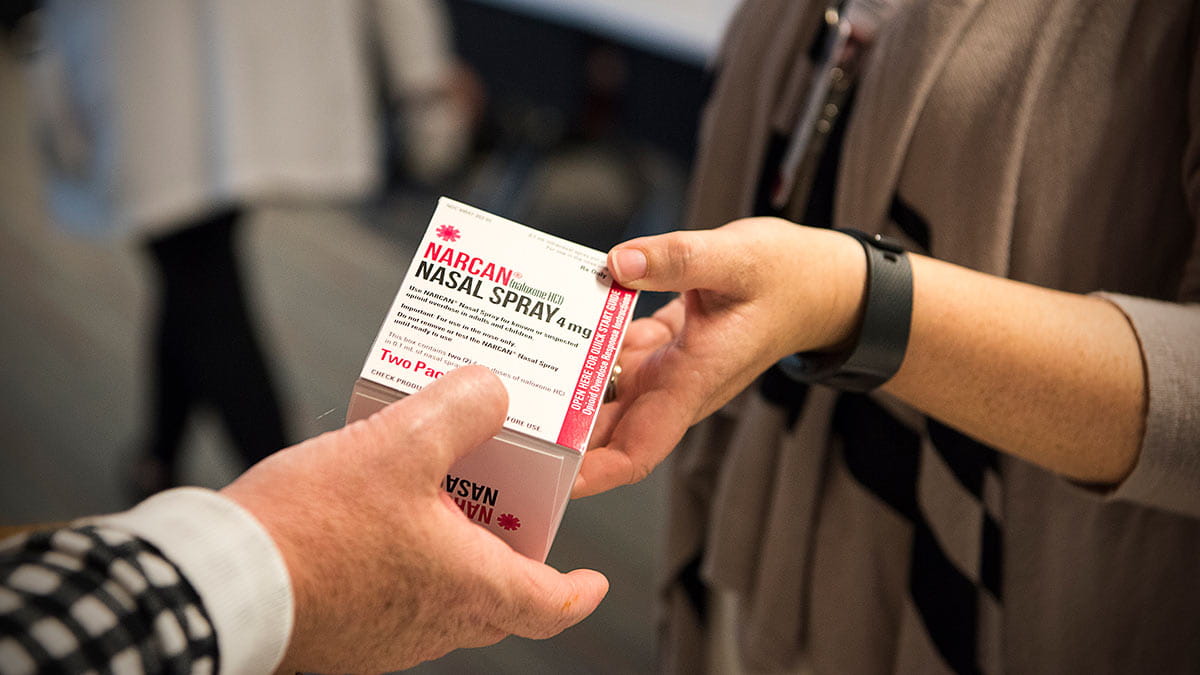Are you enabling the addict in your life?

While those with addiction suffer from the chemical dependency of the addiction itself, family members of the addict suffer from what Robert Bailor refers to as the “addiction vortex” – the effects of the addiction on the entire family.
Bailor is a counselor who works with people with chemical addiction and their families at Talbot Hall, the inpatient and outpatient addiction medicine facility at The Ohio State University Wexner Medical Center.
“Family members can resign themselves to the impact of addiction on their family or they can choose to stand up to addiction. You can do this by standing up for yourself and declaring: ‘I will not let the addiction vortex run my life; I will not allow it to steal my joy,’” Bailor says.
Traits of an addict
- Addicts prioritize themselves and their addiction over family relationships and needs.
- People become fixated on satisfying their addiction and are consumed with how they feel.
- The addictive lifestyle leads to destruction (personal and family losses).
This includes loss of property, auto accidents and fires due to negligence. Additionally, unemployment combined with a need to feed the addictive habit can lead to bankruptcy. Seek assistance from a lawyer, financial planner, counselors or clergy to help your family recover from specific losses. - Addiction destroys social relationships.
A lack of trust, fear of what a person with addiction will or will not do, arguments or even physical fights contribute to damaged relationships. - Addiction often leads to legal issues, including DUIs, probation or jail time.
Understanding codependency
“Family members often find themselves dedicating their lives to helping the addict, to protect and fix the addict’s situation, and neglect themselves in the process, leading to caretaker burnout,” Bailor says.
Codependency, he adds, happens when one person is so entangled in the life of someone else that the person loses his or her identity and sense of self-worth.
No one has the power to change another person; the individual must choose to change.
Dangers of enabling
Enabling is doing things for others that they should do for themselves.
Ask yourself: Do my actions allow the person with addiction to spend his or her time and money on activities related to an addictive lifestyle?
When you enable those with addiction, it prevents them from being able to recover. Even though you mean well by helping with things such as doing laundry, preparing meals and allowing the person to live with you, you may inadvertently be showing implicit support for continued, active addiction.
“No one seeks to heal until they know they’re sick,” Bailor says.
Three negative results of enabling:
- It takes away learning experiences that addicts need to choose to change.
- It allows addicts to remain dependent on enablers (sometimes a parent/child relationship) rather than acting as independent, mature adults.
- It helps people continue in addictive lifestyles because someone else always takes care of things and rescues them from the consequences of their choices.
Note: You should ALWAYS protect a person with addiction from imminent danger (e.g., never allow someone to drive while under the influence of alcohol or other chemical substances)




